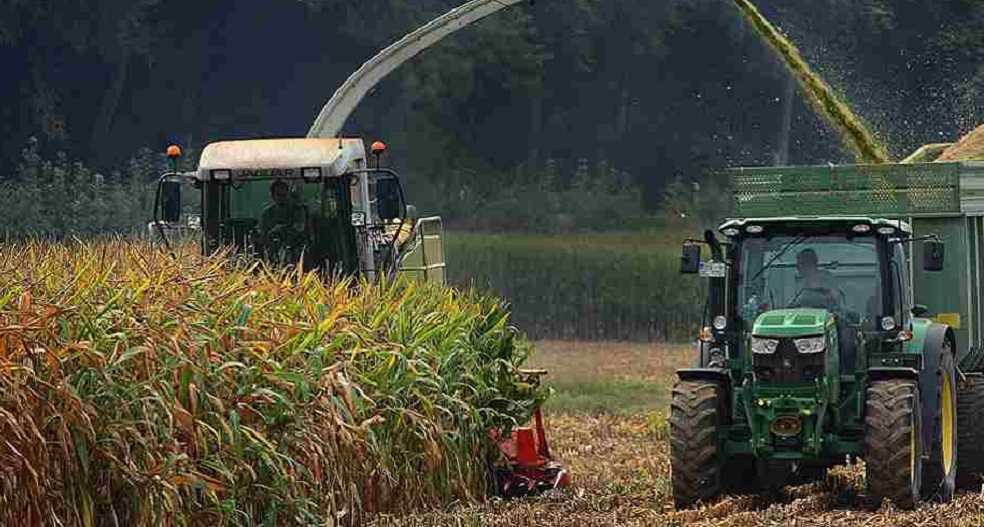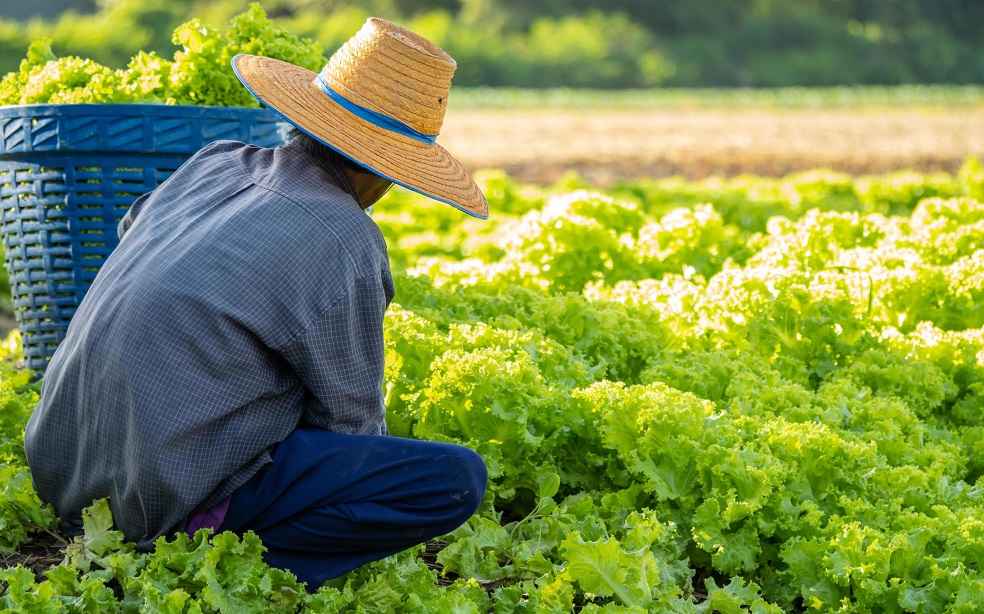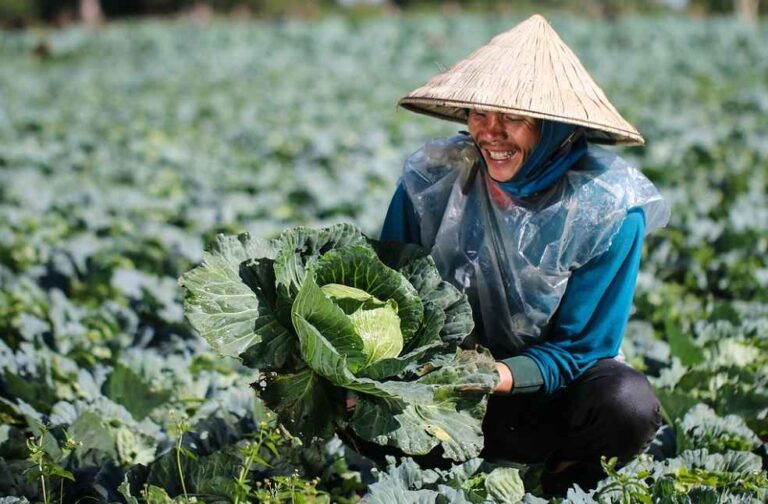At the 2024 China Agricultural Conference for International Economic and Trade Cooperation in Beijing, a call for reform in global agricultural trade practices echoed through the halls. Aldonov Frankeko Alvarez, Ambassador of El Salvador to China, highlighted the urgent need for a trade framework that embodies equity and shared responsibilities to combat the dual challenges of the food and climate crises.
Due to a slow economic recovery, the lingering effects of El Nino, persistent regional conflicts, and rising protectionism, the current landscape of global agricultural supply and trade is under pressure. According to the Global Report on Food Crises (GRFC), the number of people facing acute hunger surged by 24 million in 2023, affecting nearly 282 million individuals across 59 countries. Forecasts by the United Nations’ Food and Agriculture Organization (FAO) project that 600 million people will still be grappling with hunger by 2030.

Cheng Guoqiang, Director of the National School of Food Security Strategy at the Renmin University of China, identified an alarming trend in the global agricultural market: a severe concentration of agricultural export supply. For example, a few countries control major shares of global staple food exports—Russia, Australia, the U.S., Canada, and Ukraine collectively account for 80% of wheat exports, while the leading maize exporters hold nearly 90% of that market. This concentration poses structural risks to nations dependent on these imports, particularly those with insufficient grain supplies.
The global food market faces further disruptions from speculative trading, the redirection of agricultural produce to biofuel production, and geopolitical upheavals, leading to drastic price fluctuations. Despite these adversities, Alvarez highlighted the potential for enhanced international collaboration, citing the newly launched negotiations for a free trade agreement between China and El Salvador. This agreement aims to open doors to duty-free agricultural trade in goods and services.

Alvarez praised the benefits already materializing from cooperation, such as the strong demand in China for El Salvador’s sugarcane, coffee, and rum, and the boosts in production capacities thanks to Chinese technology. China’s involvement in agricultural trade has markedly hiked, with the trade volume of farm products growing twelvefold from 2001 to 2022, reaching $333 billion in 2023 despite global economic challenges.
Moreover, China has forged over 100 agricultural and fishery cooperation agreements with nearly 90 Belt and Road countries, driving international trade in agricultural products beyond $139.4 billion. The transfer of more than 1,500 farming technologies and the dispatch of over 2,000 agricultural experts and technicians to various regions underscore China’s role in global agricultural advancement.

Yet, the benefits of open markets and free trade in agriculture remain unevenly distributed. High-income countries enjoy a larger share of income from exports, leaving developing nations with a smaller slice of the pie. Cheng emphasized that global food production is adequate to meet current demands, but distribution inequities frequently plunge developing nations into recurring food crises.
He critiqued the high subsidies provided by developed nations under World Trade Organization (WTO) rules, urging a shift in agricultural governance towards prioritizing food safety and equitable trade to ensure the fulfillment of the United Nations’ Sustainable Development Goal of Zero Hunger.
IMEXSECTOR | Australia’s Avocado Surge: Record Production and Export Hurdles



